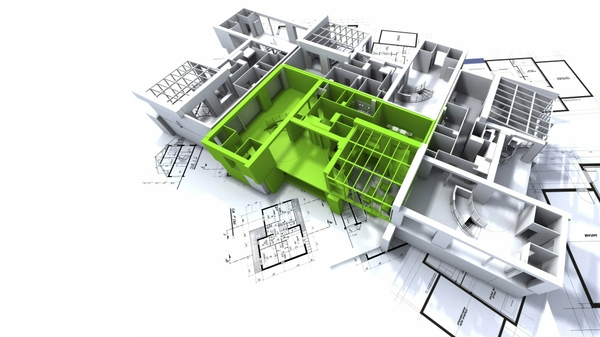Chapter 3. Proven Practices of Performance Engineering
To explore the proven practices of Performance Engineering, we will start with the requirements, architecture, and design; hit some of the highlights of implementation; and walk you through a real-life scenario. The objective of this chapter is to present a complete case study for each practice so you can begin to understand what it means for you, and to provide you with a story you can use and share with your team or organization.
Requirements, Architecture, and Design
Here is a list of proven practices for requirements, architecture, and design:
Identify components
Set performance budgets
Establish acceptance criteria
Plan for outliers
Build in performance culture
Prototype (and test)
Introduction
One of the questions many people ask themselves while adopting Effective Performance Engineering practices is, “How do I engineer configuration and applications before starting development?”
The building in Figure 3-1 represents the requirements of software and architecture architecture and design.

Figure 3-1. The requirements of architecture and design represented as a building
Today, teams architect and design within their own pillars, typically within a development or architecture team, and sometimes seen within a “Sprint 0” or other phase if the project or system is new.
The increasing complexity of composite applications, ...
Get Effective Performance Engineering now with the O’Reilly learning platform.
O’Reilly members experience books, live events, courses curated by job role, and more from O’Reilly and nearly 200 top publishers.

